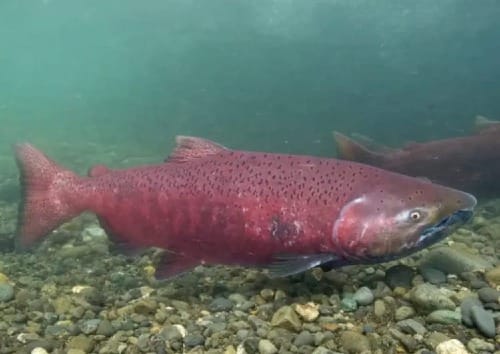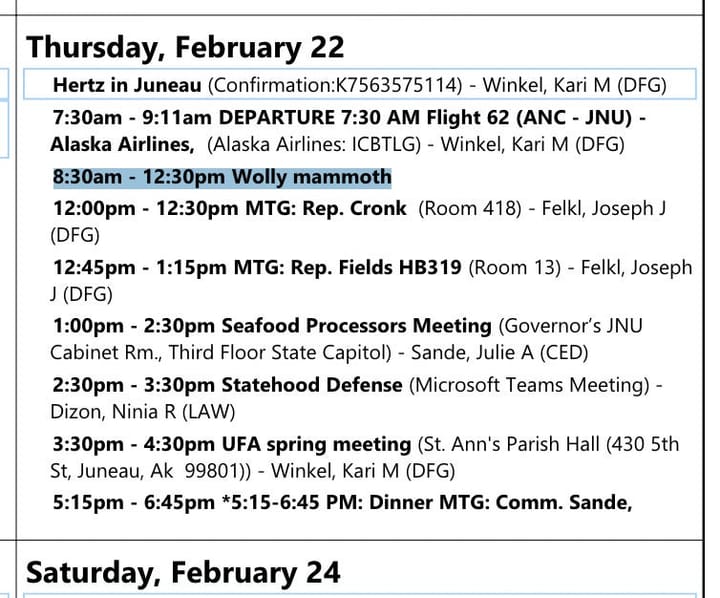City spending standoff threatens Cook Inlet access for Anchorage boat launch users
The director of Anchorage's city-owned cargo port says maintaining the boat launch is a money-losing operation that his agency won't continue. No one else has stepped up to take over.
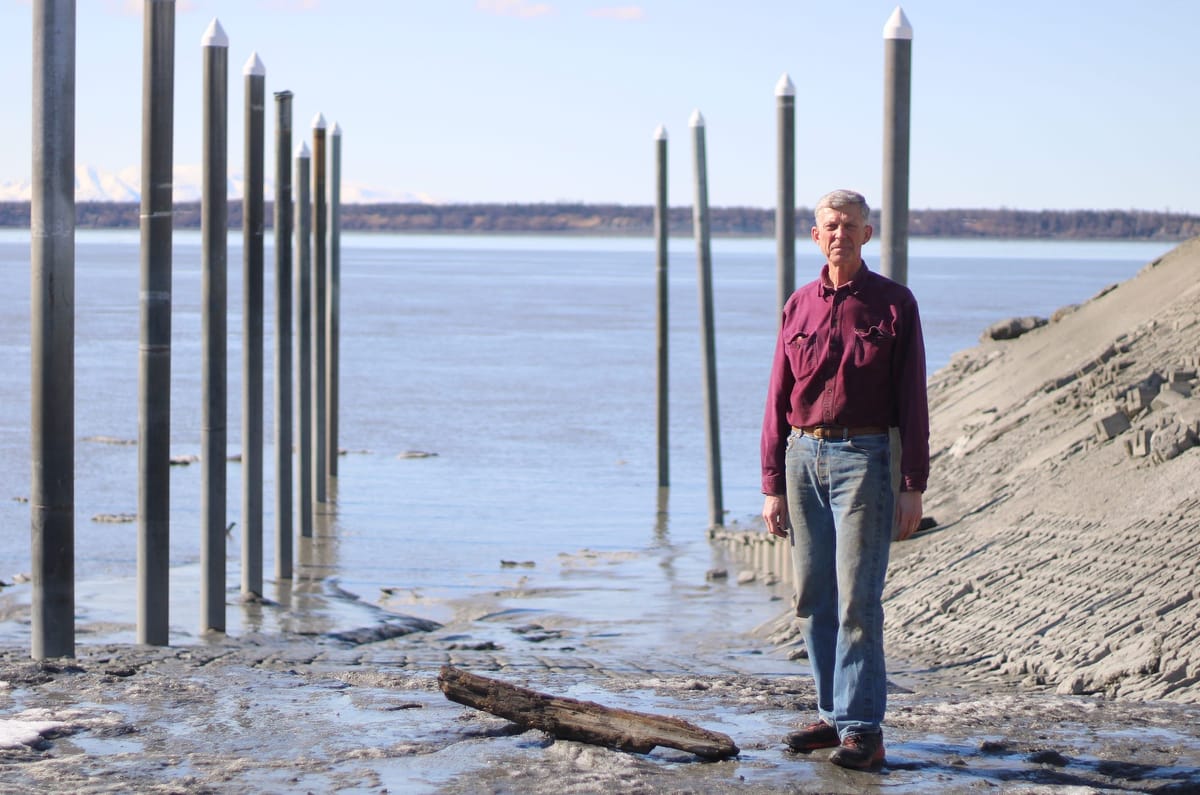
Northern Journal is a reader-supported publication. To receive new posts and support my work, consider becoming a free or paid subscriber.
A standoff over spending is threatening to limit public access this summer to Anchorage’s small boat launch — one of the last vestiges of the city’s history as a working waterfront, and a key facility for its few remaining commercial salmon fishermen.
The director of Anchorage’s city-owned cargo port, which has long maintained the nearby boat launch on property leased from the Alaska Railroad, told city Assembly members in September that his agency would no longer hire the bulldozers it uses each year to clear away mud that accumulates during the winter.
The director, Steve Ribuffo, said the boat launch was a financial drain, citing annual costs of up to $150,000 with user fees offsetting just $1,500. That means the boat launch operations are subsidized by the port’s overall budget, which is funded with roughly $13 million in revenue collected from the industrial shippers who land cargo, cement and petroleum products in the city, according to Ribuffo.
“Doesn’t take a genius businessman to see what a loser this is,” Ribuffo wrote to Assembly members, referring to the boat launch. “I would like it off the port’s books — it has never been a good fit with what we are here to do.”
Ribuffo said this week that “nothing has changed” from his email last year, and that money for boat launch maintenance isn’t in his yearly budget. But neither Assembly members nor Mayor Dave Bronson’s administration have formally proposed an alternative, which has increasingly alarmed boat launch users like salmon fishermen and beluga whale researchers.
The launch is barely half a mile north of City Hall. But tucked at the mouth of Ship Creek, out of sight from major roads or development, it’s largely invisible to residents — even though it’s the only small boat access to Cook Inlet in the area.
Anchorage once boasted thriving commercial fisheries — in the 1940s, a single cannery in the city employed 300 people, half of them fishermen. But today, catches have dwindled, and just 10 or so fishermen use the small boat launch to access salmon setnet sites across from the port at Point Mackenzie, on Fire Island across from Anchorage’s international airport and at other spots nearby, according to Billman.
Port officials estimate that there are some 700 launches a year.
“Anchorage is a coastal community, based on the water, and we need public access,” said Billman. “We need to figure out a long-term solution. Nobody's invited me to a table to even talk about it.”
Chris Constant, the Assembly’s chair, said it’s the Bronson administration’s responsibility to “come up with a proposal that solves this problem.”
A spokesperson for Bronson did not respond to a request for comment.
But Randy Sulte, who represents South Anchorage on the Assembly, said he’s developing his own proposal that could transfer responsibility for the boat launch to another city agency. It’s unlikely, however, that the handoff can be accomplished this year, nor is there room in the current city budget, he said.
“It probably is going to have to stay with the port over the summer, if we want to have an operation,” Sulte said.
Recreational fishermen and boaters, boat repair shops and state and federal agencies use the facility in addition to the commercial fishermen, Billman said. Those include researchers who study Cook Inlet’s endangered belugas, one of whom emailed city officials in March warning that the inlet is already a dangerous area to operate and that “a lack of boat launch maintenance and infrastructure increases that risk dramatically for all.”
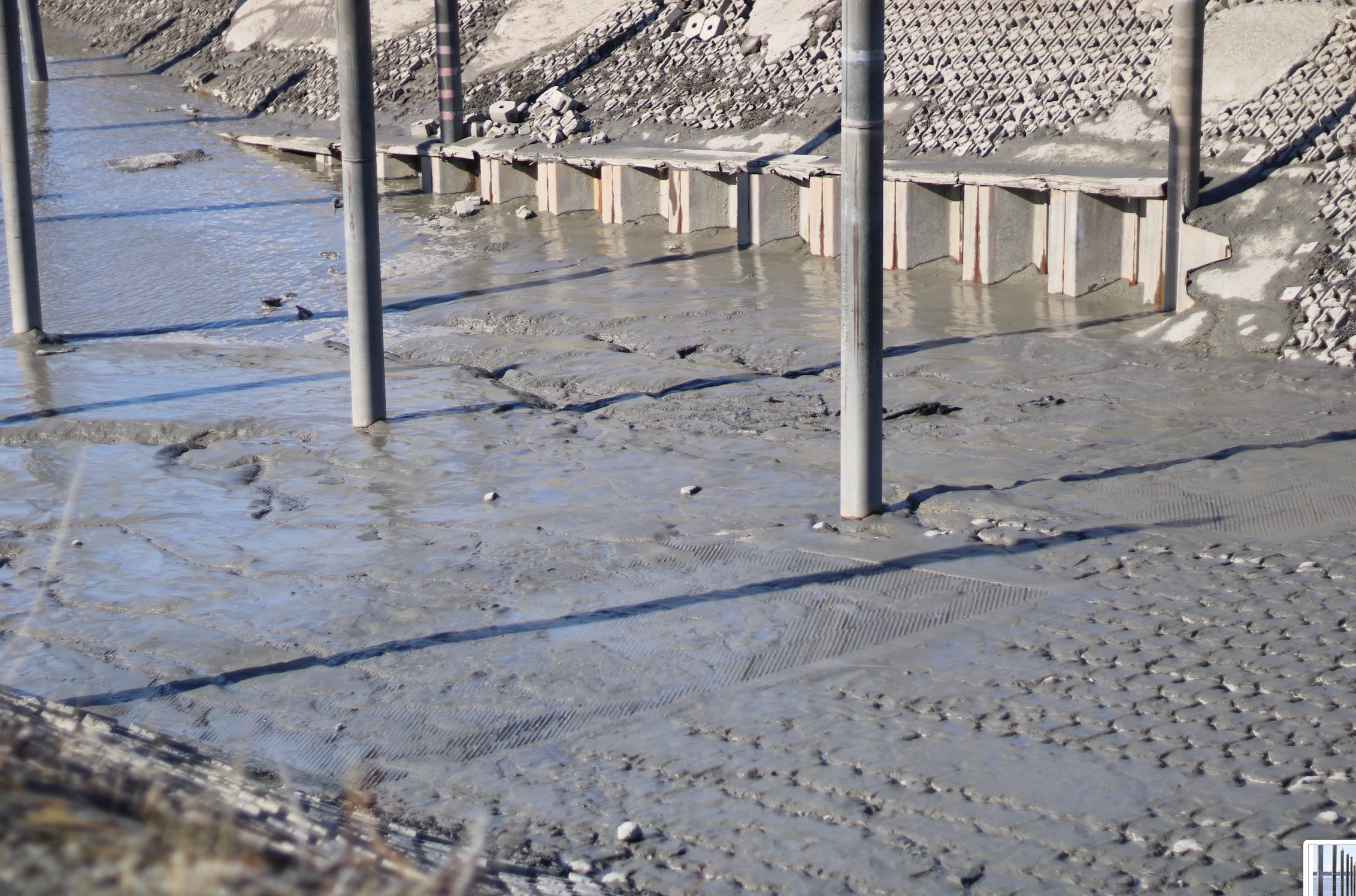
Each spring, the port pays to have accumulated mud bulldozed away from the boat launch; it also installs floats that extend out into the water and help protect vessels from wind and surf when they’re being loaded and unloaded.
The port budgets between $90,000 and $150,000 annually for the bulldozing, and it’s also spent $2.75 million in the past decade on repairs forced by winter ice and erosion, Riboffo told Assembly members in his email last year.
There’s a $5-a-launch fee, with no enforcement; setnetters write a yearly check of about $1,000 to cover their use, Ribuffo said, and the previous year, the agency received $321 in its collection box. The rest of the revenue to cover launch-related expenses comes from tariffs levied on the port’s cargo shippers, who land at a much larger facility just to the north.
“Why are the users paying maintenance and repair costs for a facility from which they get no benefit?” Ribuffo wrote. “That’s the question I’ve been struggling with for quite some time now.”
Ribuffo, whose position is appointed by the city mayor, told Assembly members that the port was getting out of the boat launch business “until directed to do otherwise.” He also says his agency can no longer spend money on the launch because its lease with the railroad has expired.
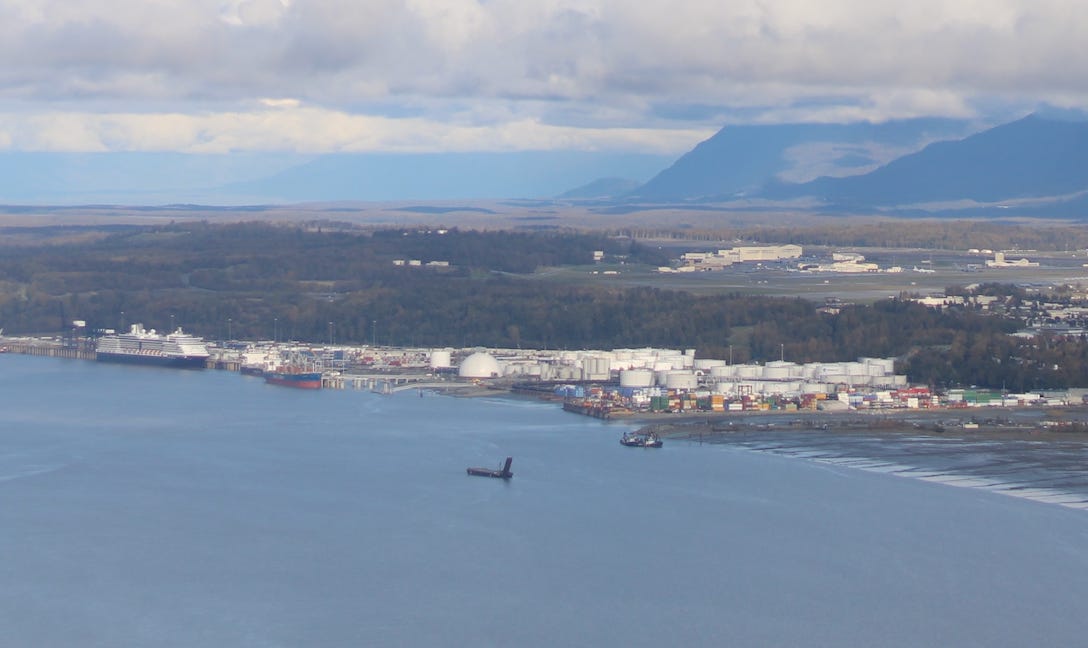
Billman, an engineer who fishes in the summers, has led a push for an alternative. Launch users could probably get by this year without the bulldozing, but it would leave a much shorter tidal window for boats to enter the water — which would be especially chaotic and dangerous if the floats are not installed, he said.
Billman is asking for operation of the boat launch to be transferred to the city’s Project Management and Engineering Department, since they “know how to move mud and dirt.” And he’s checked with railroad officials, who sent him an email earlier this year saying that their lease with the city is still in “holdover status” and that they have not received a request to terminate.
“I’m coming with solutions,” Billman said. “After all, our name is Anchorage.”
Billman said he believes a subsidy to keep the boat launch operating is a reasonable expense, like those used to maintain public parks and trails.
While they haven’t drafted a near-term plan, Assembly members appear to agree that the launch shouldn’t have to sustain itself — even Sulte, one of the Assembly’s few conservative members.
“As a city on the water, it’s probably something that we should do, although it’s not ever going to make money — it has a very small user group,” Sulte said. “There’s only one. It’s probably a necessary evil for Anchorage.”
I make Northern Journal’s stories available, for free, to news outlets — and Alaskans — across the state. I only earn money when readers pay for a voluntary membership. If you find this information useful, please consider joining. If you’ve already signed up, thanks so much for your support.

